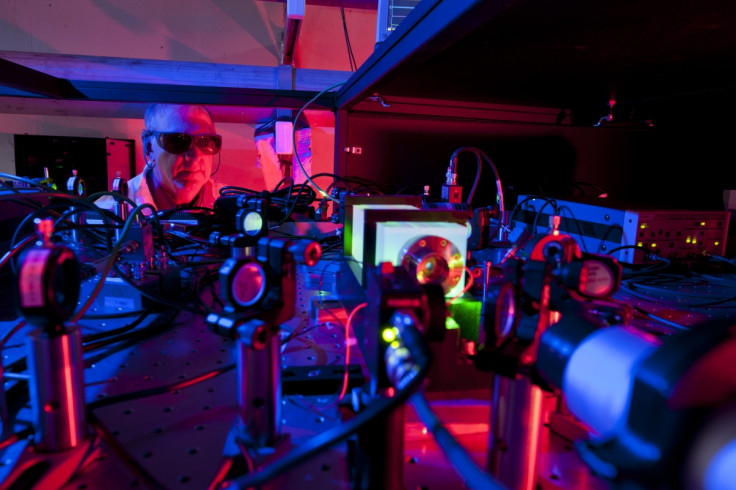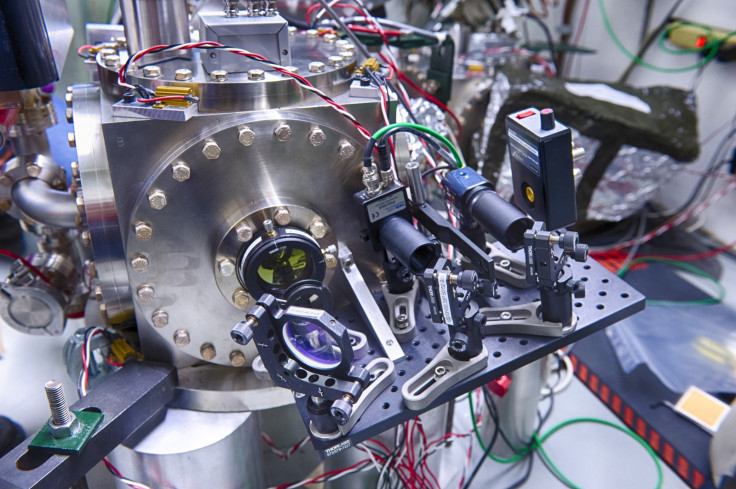Universe a hologram? Not according to Fermilab Holometer experiment

The universe is not a hologram – at least not according to an experiment at the Fermi National Accelerator Laboratory in Illinois. The Fermilab experiment set out to search for evidence of the 'holographic principle', something scientists say they have found no evidence of.
The idea of the hologram universe has been around for decades. It says that while the universe may appear three dimensional to us, it could in fact be more like a hologram in that it is a 2D object that just has the appearance of 3D.
Like when you watch a TV programme, if you were to zoom in far enough, you would start to see the pixels and a finite amount of data. If the universe was a hologram, when you zoom in enough you would start to see the data failing. This is what the Fermilab Holometer is looking for.
The Holometer is extremely sensitive. It can measure movements that last for a millionth of a second and distances that are a thousand times smaller than a single proton. This helps when measuring quantum spacetime, which is just what the Holometer was built to do.

Scientists said if space and time was found not to be continuous and instead comes in small, indivisible amounts, this would mean everything in the universe is pixelated like a digital image. "An image can only store as much data as the number of pixels allows," a statement from Fermilab said. "If the universe is similarly segmented, and hence more blurry than we think, then there would be a limit to the amount of information space-time can contain."
In experiments, lasers were placed close to one another with each sending out a beam of light through a beam splitter and down two perpendicular arms. The light was reflected back into the beam splitter, where they would recombine. Scientists looked to analyse any fluctuations in brightness as this would indicate some sort of change to the beam, possibly a quantum jitter indicating a hologram universe.
Researchers would rule out any other sources of movement to try to find a fluctuation that could not be explained. If they found holographic noise that could not be explained, it could be noise intrinsic to space time. This, in turn, could mean information in the universe is encoded into tiny 2D packets.

However, after a year of testing, the team came out empty handed – a find they say rules out their theory of a pixelated universe "to a high level of statistical significance". However, Craig Hogan, who put forward the main theory the Holometer was built to test, is undeterred in his quest. He said while this only rules out one model of the holographic universe, there are plenty more to try out.
"This is just the beginning of the story," Hogan said. "We've developed a new way of studying space and time that we didn't have before. We weren't even sure we could attain the sensitivity we did."
He also said they have shown space-time can be probed at an unprecedented level, and that if the quantum jitter they were searching for exists, it must be far smaller than what the Holometer can detect or if is movement in directions the instrument is not set up to observe. "It's new technology, and the Holometer is just the first example of a new way of studying exotic correlations," he added. "It is just the first glimpse through a newly invented microscope."
© Copyright IBTimes 2025. All rights reserved.






















